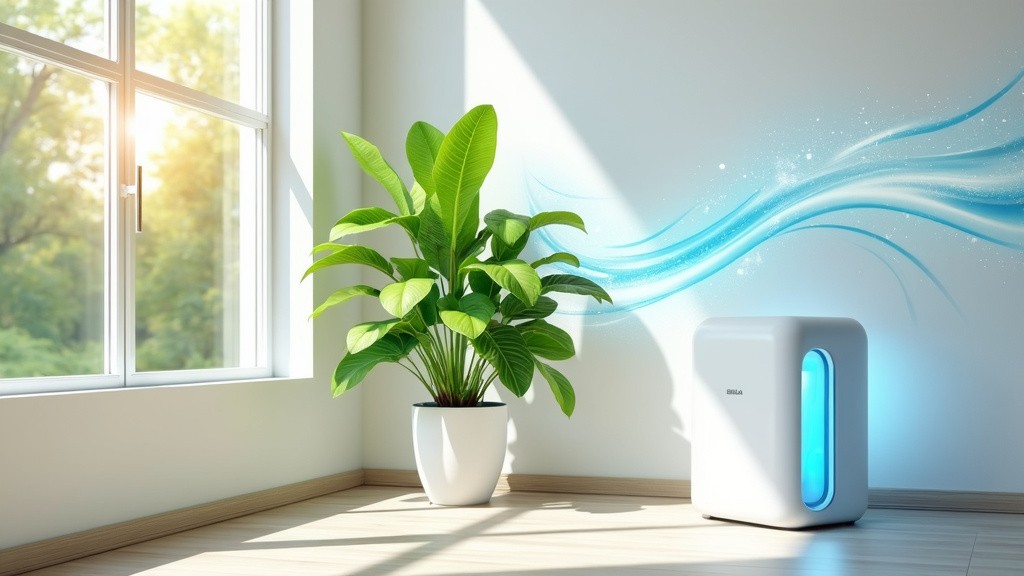Breathe better and prevent pandemics by enhancing indoor air quality

We don´t know when the next pandemic hits. This is why we must prevent pandemics now by reducing indoor disease transmission.
The COVID-19 pandemic highlighted the critical role of indoor air quality in controlling the spread of respiratory diseases. Whether in an après-ski bar in the Alps, an open-plan office or a coach, indoor environments played a major role in the transmission of the virus. At the time, it was often necessary to close such spaces. Instead, it would be better to just improve indoor air quality so that such drastic measures would not be necessary. We don´t know when the next pandemic hits, which is why we must act now. Germany should not just follow the example of other countries: The US, Belgium, the Netherlands, Australia, and the European Union are all taking steps to improve indoor air quality, especially to prepare for a possible next pandemic. But Germany should also take the lead in investing in implementation and research for enhanced indoor air quality.
This policy brief from the Hub Community on Pandemic Preparedness and Biosecurity of the Global Health Hub Germany presents key recommendations for improving indoor air quality in Germany. The Hub Community also presented them to the Commission on Indoor Air Quality of the Federal Environment Protection Agency (Umweltbundesamt – UBA).
Key Measures for improving Indoor Air Quality:
To reduce indoor disease transmission, we need to focus on three main strategies:
-
Ventilation: Increase air exchange rates in indoor spaces to dilute and remove contaminants, including infectious aerosols.
-
Filtration: Use high-efficiency particulate air (HEPA) filters to capture small particles, including viruses, thus improving indoor air quality.
-
Disinfection: Implement UVC light, particularly far-UVC, to inactivate pathogens in the air safely and effectively.
Research and Innovation
Investing in far-UVC technology and other innovative solutions is crucial. Using UV-light for disinfection is by far not a new technology but used since the 1930s. Nevertheless, we desperately need research on broader real-world applications, long-term safety, and public communication to ensure effectiveness and acceptance.
Conclusion
Improving indoor air quality is a cost-effective measure for pandemic preparedness. By combining ventilation, filtration, and disinfection, we can significantly reduce pathogen transmission and enhance public health resilience. It's time for Germany to invest in indoor air quality and educate the public on these vital measures.
Read the policy brief here (German only)
Image: FLUX-pro